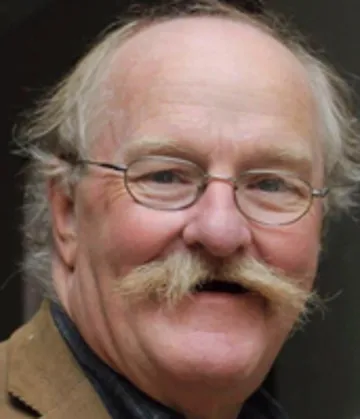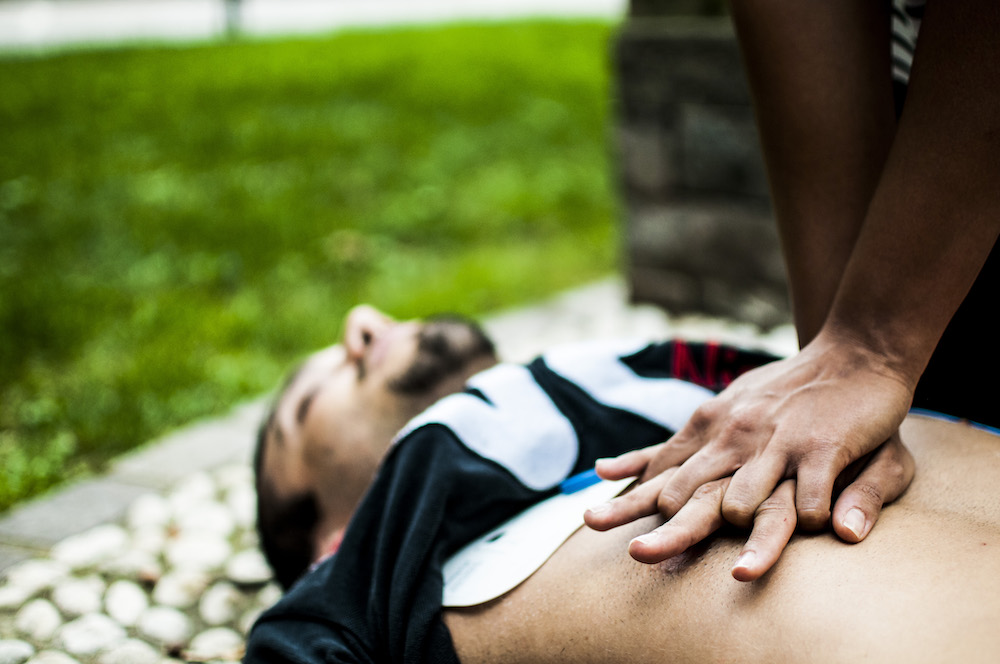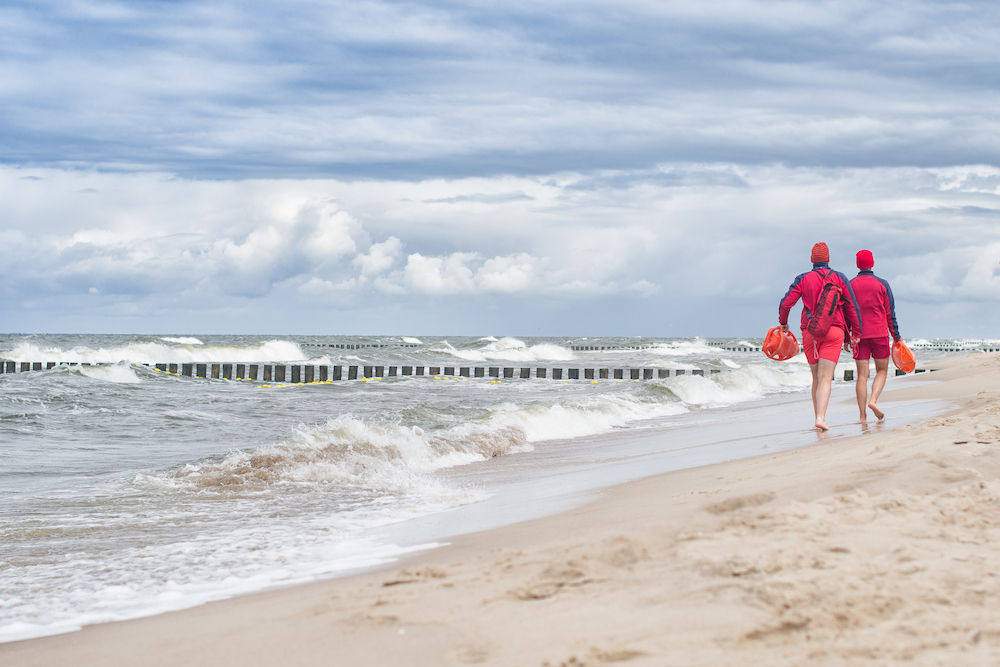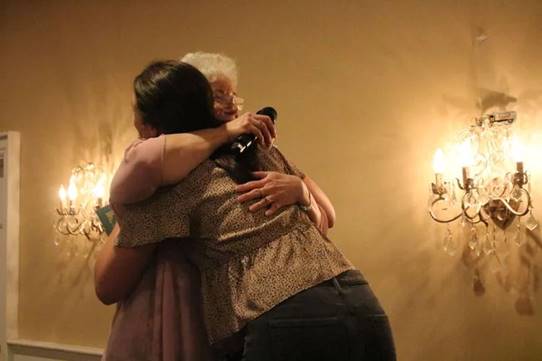In Remembrance: George Murphy

Thank you to David Hiltz for writing and contributing this article to Currents. A dear friend of the resuscitation community and celebrated advocate-champion, George Murphy, NRP, died on June 17, 2022 at the Massachusetts General Hospital. George Murphy attended the Northeastern University paramedic program where he later earned his degree and worked for Boston EMS […]
Understanding the Importance of the Lay Responder Experience in Out-of-Hospital Cardiac Arrest: A Scientific Statement from the American Heart Association

The following scientific update appears in Currents courtesy of author Katie N. Dainty, PhD, MSc. For a long time, our entire focus around bystander CPR has been about training people to have the hard skills required to do CPR. While training is an important component of how we will increase survival from sudden cardiac arrest, […]
Drowning and Climate Change

The planet is warming. “In 2018, we burned a quarter of a million kilograms of coal, 116 million liters of gas, and 7 million liters of oil…every SECOND. In the span of just 50 years, atmospheric CO2 emissions have reached the highest concentrations in over 3 million years. The consequent trapping of longwave radiation has […]
Survivors, Rescuers Reunited in New Hampshire

What better way to celebrate the power of the chain of survival, including bystander action, than by reuniting SCA survivors with the people who helped rescue them? Dartmouth Health member Cheshire Medical Center recently hosted the first Rescuers Reuniting With the Rescued: A Celebration of Survival, bringing together 10 people who experienced SCA in 2021 […]
HEARTSafe Community Webinar Archive

Webinar Archive 29 Videos Empowering Citizens to Save Lives: Strategies and Tactics 58:36 Challenging Sudden Death: Resuscitation Leadership Panel for the #EMSLeadershipSummit 55:38 Reflections on Resuscitation in the Land of Oz 57:44 Planning Nationally and Implementing Locally to Save Lives 58:30 World Restart a Heart Day & Shocktober 59:31 Politics, Public Health and Shaping Policy […]
40 Under 40 Committee

The Future of SCA The 40 Under 40 Class of 2021 represents individuals who are dedicated to strengthening the future of sudden cardiac arrest training, response and survival. The following winners have demonstrated extreme passion and have made meaningful contributions to SCA outcomes in either personal or professional settings. Jennifer Russell, MBA Director of Administration/School […]
Don’t Wait – Act!

Don’t wait to save a life – Act! The 40 Under 40 Committee collaborated to produce this video, which raises awareness to the fact that Sudden Cardiac Arrest (SCA) can strike regardless of age. The call to action is to Act when you witness SCA. Meet the 40 Under 40 Committee who combined talents and […]
2019 Cardiac Arrest Survival Summit

2019 Cardiac Arrest Survival Summit Seattle, Washington December 10 – 13, 2019 Pre-conference workshops December 9th & 10th 2019 Video Minute Contest Winners The Citizen CPR Foundation and the Sudden Cardiac Arrest Foundation held a public service announcement or PSA “Video Minute” contest as part of Summit 2019. First Place Winner – Can’t Stop Compressing […]
